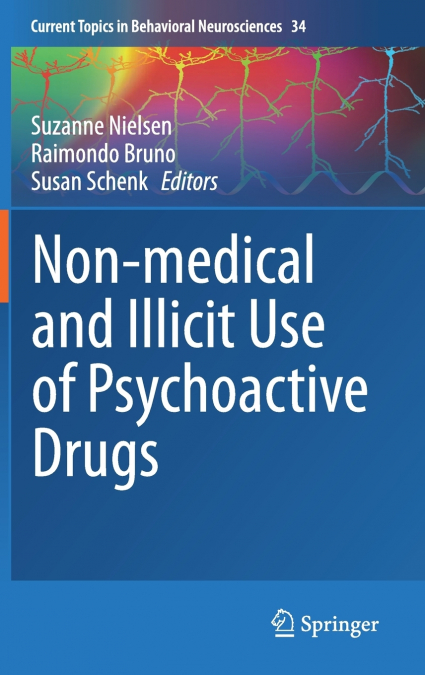
This volume is devoted to descriptions of non medical as well as medical uses for some drugs that have typically, or not so typically, been associated with drug abuse. One major objective of this book is to identify costs and benefits of drug abuse. The book highlights drugs including 3,4 methylenedioxymethamphetamine (MDMA), cannabinoids, opioids and methylphenidate because of their well-documented potential for abuse and provides new and emerging evidence of their potential to treat some chronic disease states alongside the potential consequences of exposure.